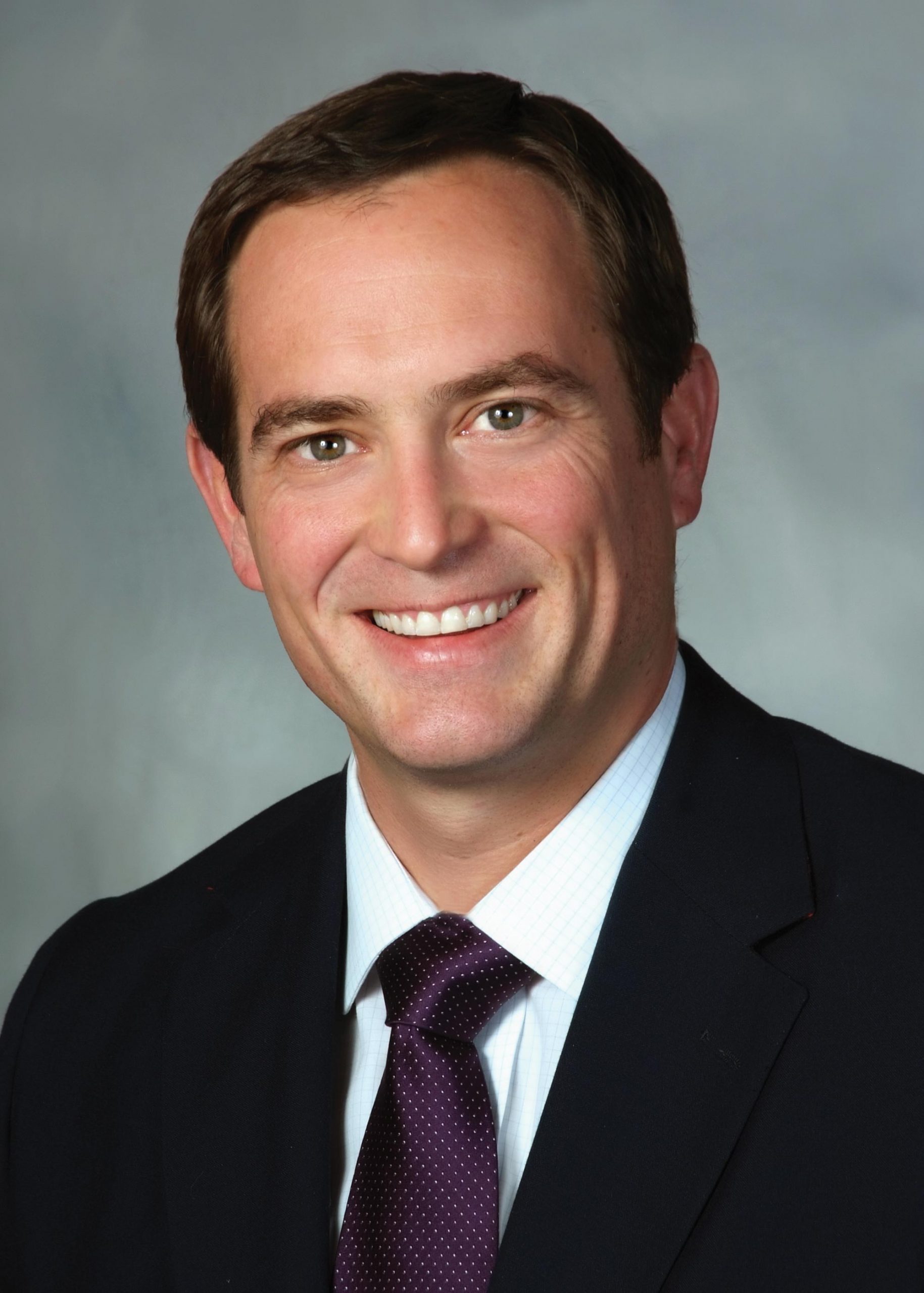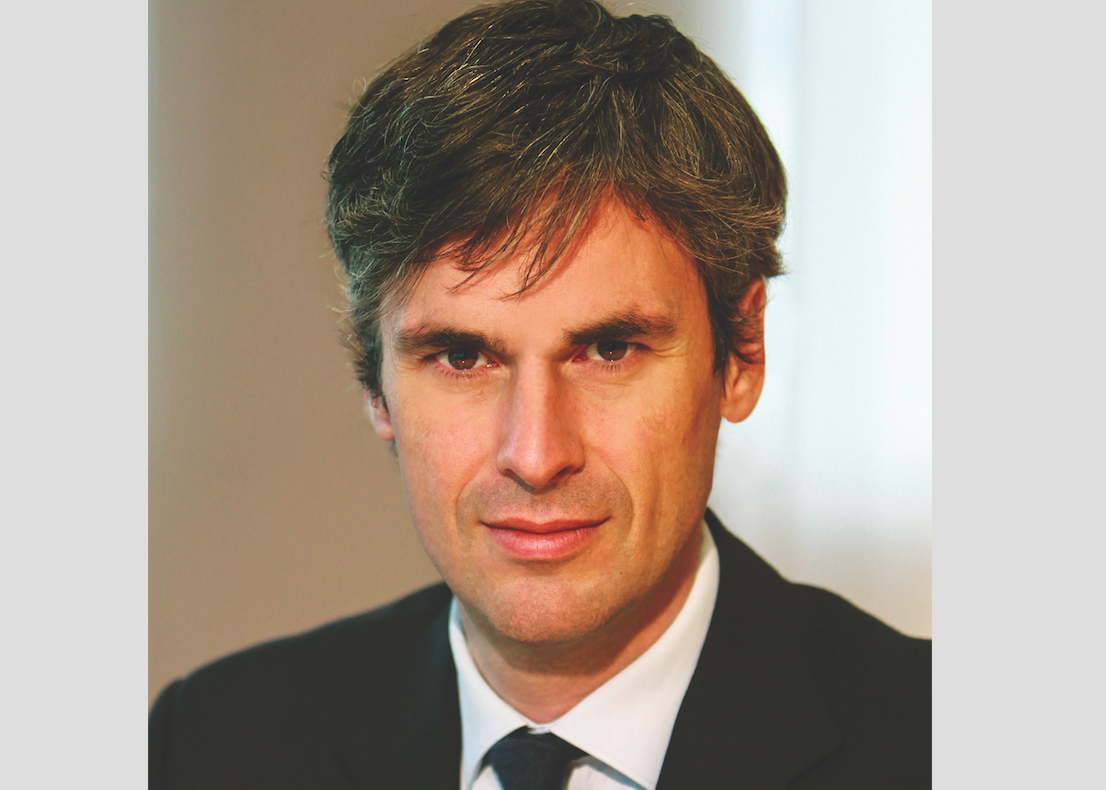Post-Pandemic Emerging Markets Set to Snap Back Strongly in 2021
| By Cecilia Prieto | 0 Comentarios

A year ago, emerging market equities were well positioned for a strong 2020, but the pandemic threw global markets for a loop. Following the annus horribilis, though, emerging markets are now even more favorably positioned for the year ahead.
The structural drivers supporting emerging market stocks remain intact, while the cyclical tailwinds are stronger than they were prior to the COVID-19 black swan. The MSCI Emerging Markets (EM) Index performance over the last few months reflects the bullishness undergirding developing country stocks, but a look under the hood reveals that regional, sector and style rotations are underway. A balanced approach to value and growth factors can help to squeeze more out of a broad, if uneven, market upturn.
Value vs. Growth Equities Performance Rotation Occurs Frequently in Emerging Markets

Source: Bloomberg
Rising incomes and an expanding middle class across the developing world are fueling increasingly powerful domestic consumption-led growth models. At the same time, expansionary global Purchasing Managers Indices reflect a rebound in economically sensitive cyclical sectors, including energy and materials, favoring emerging market exporters of raw materials and manufactured products amid world-wide inventory re-stocking.
Massive global liquidity injections, highly accommodative interest rates around the world, a weakening U.S. dollar, accelerating global growth and clearly the development and deployment of vaccines all bode well for emerging market stocks in the year ahead.
On the currency front, since the 2008 Global Financial Crisis, the greenback mostly gained ground. Europe grappled with its sovereign debt crisis from 2010 to 2012, so the U.S. Federal Reserve didn’t hint at tightening monetary policy until 2013, sparking the “taper tantrum.” The Fed began shrinking its balance sheet a few years later and in late 2016 started slowly lifting its key rate, which peaked at 2.5% in 2019. But the rate now sits near zero, where the Fed says it shall remain at least through 2023. The U.S. Dollar index has fallen about 13% from its March 2020 high to below the key 90 threshold, significantly mitigating the risk of EM currency depreciation for dollar-based investors.
In response to the pandemic’s deflationary impact, central banks in developed and developing countries have slashed their key rates. While many also engaged in fiscal stimulus, the developed economies pursued far greater deficit spending. Indeed, combined monetary and fiscal stimulus in the U.S. alone amounts to more than $10 trillion, nearly 50% of GDP. Because emerging economies don’t benefit from reserve currency status, they can’t afford deep fiscal deficits. But that means most entered the pandemic with smaller fiscal deficits and lighter debt loads, so they also don’t have to shoulder the heavy debt burdens weighing on advanced economies.
No doubt the globally synchronized monetary policy easing and gusher of fiscal stimulus create a powerful backdrop for global growth. But emerging markets are expected to rebound faster. According to Bloomberg consensus estimates, after shrinking 0.8% in 2020, emerging markets are poised to expand 5.1% in 2021, with China, the world’s second-largest economy, climbing 8.2%. Developed economies are set to advance 3.2% in the year ahead, not quite recovering from the estimated 3.5% contraction in 2020.
Earnings growth should prove robust globally in 2021, thanks, as noted, to the expected recovery in demand, re-stocking and extremely easy comparisons against prior-year numbers across most sectors. But earnings growth should be especially strong in emerging markets as the weaker dollar allows underlying local currency earnings to shine through, and in many instances exceed index earnings in advanced economies.
Estimated 2021 Earnings Growth for Most EM Countries Exceeds International Benchmarks
Based on Bloomberg estimated EPS (next annual) as of 12/18/2020

Source: Bloomberg
At the same time, structural reforms and productivity-enhancing investments that have been made in many emerging markets in recent years are material contributors to the recovery. India, for example, enacted a long-needed, sweeping goods and services tax reform; a crucial new Insolvency and Bankruptcy Code; a foreign direct investment liberalization; and a slew of financial inclusion initiatives. Brazil reformed its fiscally draining pension system and its deregulation drive reduced onerous business costs. China has reined in off-balance sheet, “shadow banking” and refrained from heavy debt-financed fixed investment “stimulus.”
Hundreds of millions of people in emerging markets will resume ascending into the middle class in 2021. Their ranks are estimated to grow 6% annually, if not more. Their demand for middle-class goods and services, from housing to white-line appliances to education and entertainment, has a far longer growth runway than that of mature, developed markets. Digitization means they can leap frog much costly infrastructure spending: wireless broadband over wireline, for example.
To be sure, sensible risk management, we believe, requires a fundamental, stock-by-stock approach that is diversified, stylistically balanced and disciplined. This provides downside protection whenever downturns or black swans appear. It then helps to compound off a higher base as recovery ensues and factor leadership shifts between growth and value, as it frequently does in emerging markets.
Founded in 1982, Thornburg Investment Management is a privately-owned global investment firm that offers a range of multi-strategy solutions for institutions and financial advisors around the world. A recognized leader in fixed income, equity, and alternatives investing, the firm oversees US$45 billion ($43.3 billion in assets under management and $1.8 billion in assets under advisement) as of 31 December 2020 across mutual funds, institutional accounts, separate accounts for high-net-worth investors, and UCITS funds for non-U.S. investors. Thornburg is headquartered in Santa Fe, New Mexico, USA, with additional offices in London, Hong Kong and Shanghai.
For more information, please visit www.thornburg.com












